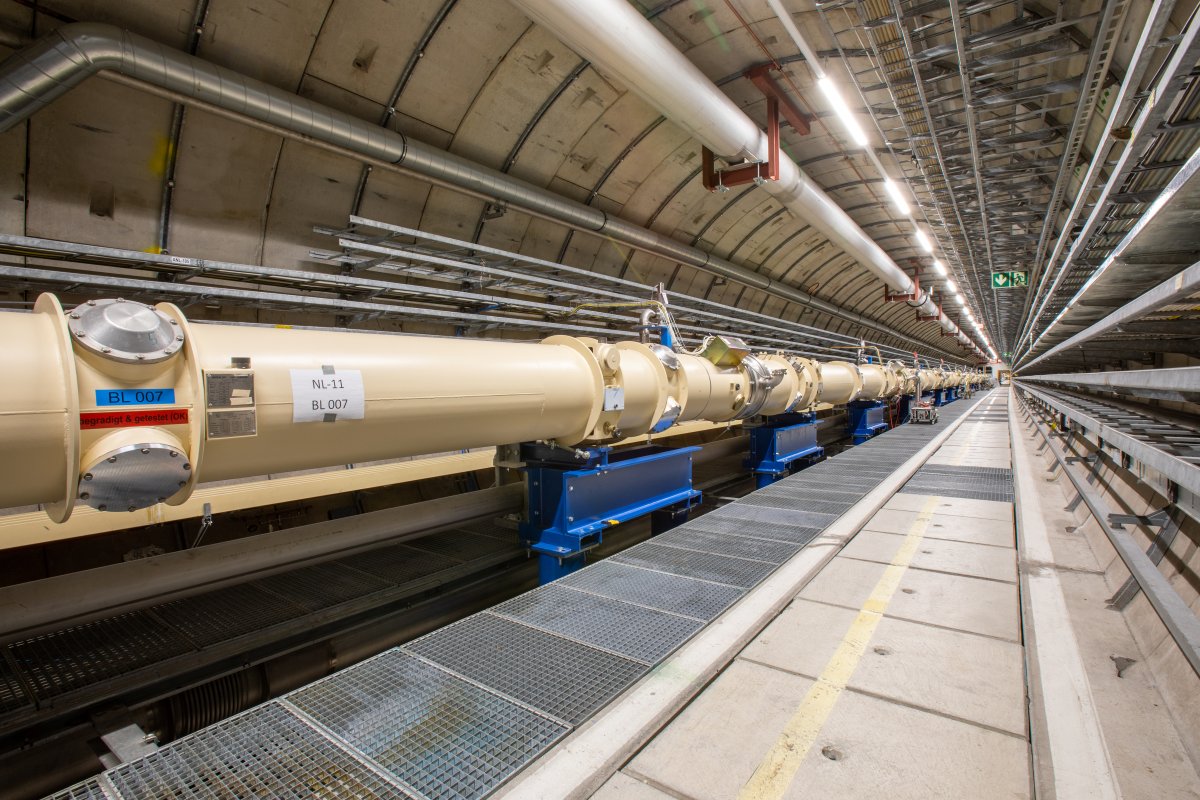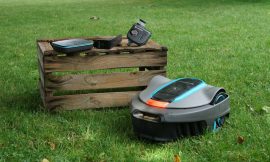Scientists at the German Electron Synchrotron (DESY) have started a new search for particles that could make up dark matter using the ALPS II “light-through-the-wall experiment”. The aim is to detect axions, a type of particle that has only been described hypothetically and is known to react weakly with other known matter. The experiment uses technology from the Hera particle accelerator, which was once Germany’s largest research instrument. ALPS II consists of two 120-metre vacuum tubes, with one tube used to reflect high-intensity laser light back and forth in an optical resonator. Should a light particle turn into an axion – as postulated in theory – it could pass through a light-tight wall separating this tube from an almost identical one, and could be detected if it turns back into light. However, the probability of that happening is very unlikely, being compared to rolling a double with 33 dice at the same time. The research group assures that the components were “driven to maximum performance” during manufacture.
The distance between the mirrors is so precise that it may only vary by a fraction of an atomic diameter relative to the wavelength of light. The magnets used in the experiment generate a magnetic field of 5.3 Tesla, which are operated at a temperature of minus 269 degrees Celsius. Thirty researchers from seven research institutions across Europe and the USA are involved in the project. The experiment is expected to reach full performance later this year and should be improved again in 2024 with the first publications possibly appearing in the same year.
The hunt for dark matter is one of the most essential areas of study in basic physics. Its existence was postulated through astronomical observations when stellar movement was measured that could not be explained by currently known matter and its gravity. It is estimated that dark matter exists in the cosmos in quantities five times more compared to classic matter. DESY also reported that this experiment may be used to determine how a magnetic field affects the propagation of light in a vacuum, and it could be used to search for high-frequency gravitational waves in the future.



